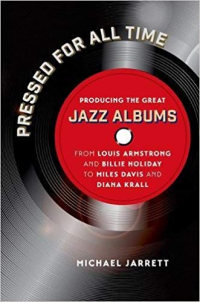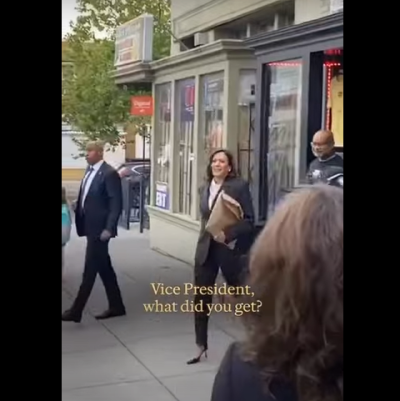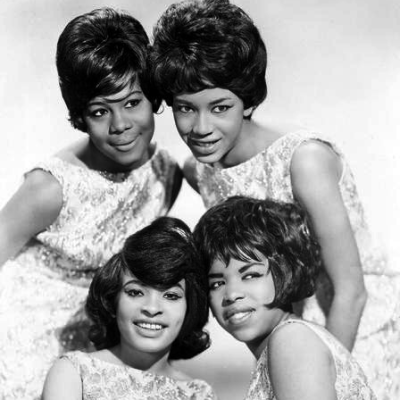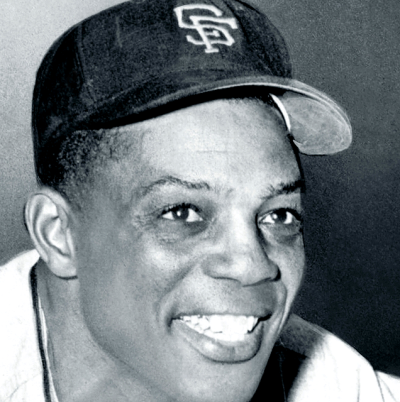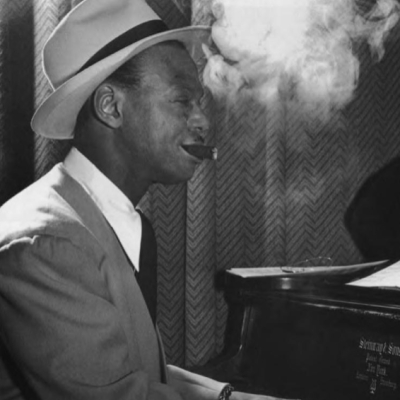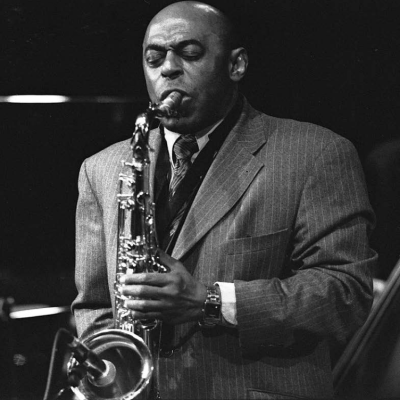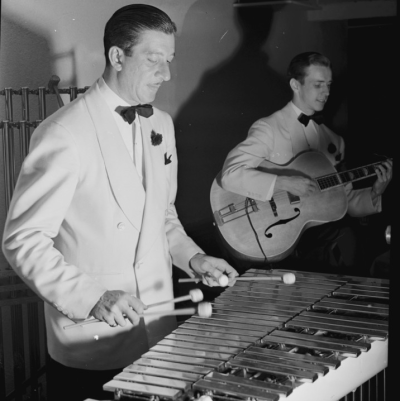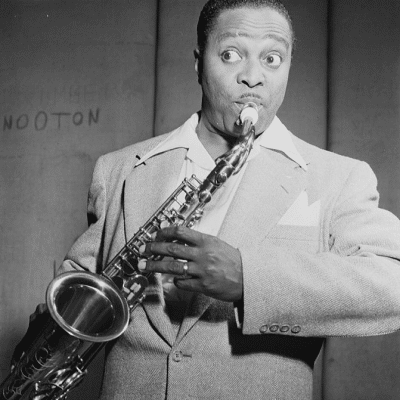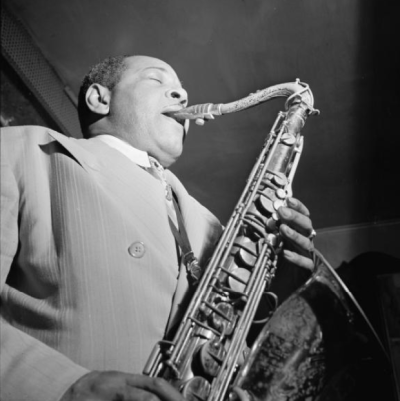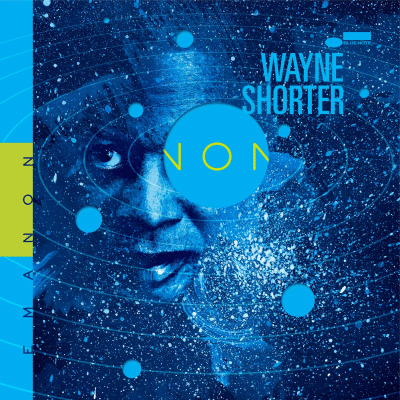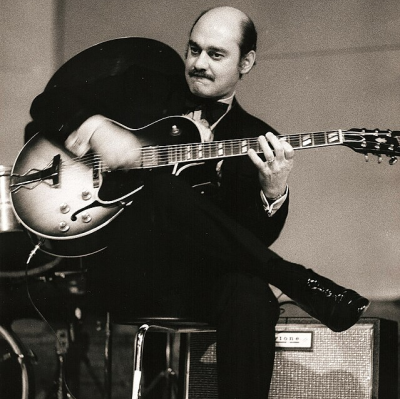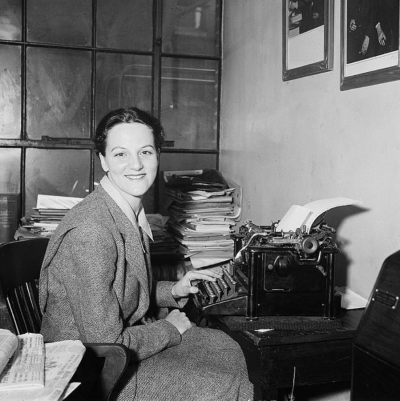.
.
Drawn from interviews with prominent producers, engineers, and record label executives, Michael Jarrett’s Pressed For All Time: Producing the Great Jazz Albums is filled with interesting stories behind some of jazz music’s most historic, influential, and popular recordings. In cooperation with Jarrett and University of North Carolina Press, Jerry Jazz Musician will occasionally publish a noteworthy excerpt from the book.
.
In this edition, producer Ed Michel recalls Art Pepper, and his 1981 Winter Moon recording session
.
.
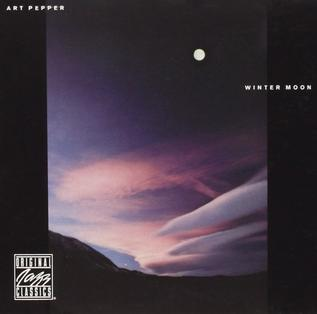
Galen Rowell’s photograph, and Phil Carroll’s design of Art Pepper’s 1981 Galaxy Records album Winter Moon
.
___
.
.
Ed Michel is a musician, producer and record company executive who has produced jazz and blues recordings since 1957. He has worked with countless artists, among them Louis Armstrong, John Coltrane, Albert Ayler, Pharoah Sanders, Keith Jarrett, McCoy Tyner, Chet Baker and Duke Ellington. Much of the success Impulse Records had in the 1960s and 1970s was due to Michel’s work.
.
In a conversation with author Michael Jarrett, Michel recalls Art Pepper, and his 1980 Winter Moon recording session:
.
.
.
…..Here’s the whole genesis of that album. When Art signed with Fantasy, the deal was he was mostly going to do small-band records. But he asked [label president] Ralph Kaffel. “Can I do one big project?”
…..Ralph said, “Sure.” So this was the big project. We had talked about several possibilities. We’d wanted to do a fairly big Latin album, and we talked about doing an R & B album. Art was a great R & B player. He’d sit around, listen to records, and play tenor – great R & B player. He really loved, at least, the Ray Charles side of R & B: jump-band music. He’d come up in it. Those were a couple of thoughts. Then he decided he really wanted to do a strings album. Like all saxophone players, he was crazy to do one. That was absolutely fine.
…..We talked about who should write it. He knew Bill Holman and Jimmy Bond very well. Jimmy had been a bass player in his band for a while, and he and Holman went way back in L.A. I thought very highly of them as string writers. So it was line up the arrangers, tell them the general parameters, and let them write it. Get a good rhythm section. Then it was very easy. To be safe, I had told Art, “Why don’t I put you in a vocal booth, booth you off from the band so I get clean tracks in case you want to play over them again? If you don’t like a solo, you can take another whack at it without having the string players sitting around.”
…..“Sure, sure. Absolutely, we can do it that way.” Then, the night before the date he said, “No, let me go out in the studio and do it with them.”
…..“Fine,” I said. We were going to record in San Francisco, and I think the biggest decision was, “Would the quality of San Francisco string players be equal to what we were used to in New York?” And it was. After the first rundown, there were no problems. They were fine. In fact, they were trying much harder. L.A. and New York string players really have attitudes. They spend a lot of time looking at their watches, complaining about humidity in the studio, asking when their next break is going to be so they can call their brokers. In San Francisco they were so pleased to come in and play on a jazz date that they could hardly stand it.
…..I regarded Art as one of the great ballad players. He was gifted. He knew how to play in front of a large ensemble, and he knew how to be a soloist. What’s to worry about? I was, however, worried about whether the strings were going to be able to do it right. They were the missing element. I knew the rhythm section was trustworthy. They’d make it happen. Strings make for a more expensive time in the studio, and there isn’t the looseness there would be if they went away.
…..Did Pepper’s well-known personal problems make for challenges?
…..He was one of the most famous crazy people in the history of the planet. My job is dealing with people who are artists first and human beings second. It’s my job to keep things rolling. Art pitched an amazing, uncalled-for tantrum after we did two takes of something that didn’t get on the original album. He was just out there, and for no reason at all. But that was okay. It wasn’t the first time. Art wanted to have an “out there,” and so he did. He stalked out of the room, and I had the string players run down the next two charts. That’s kind of what you do.
…..I always like to set up a date so that the leader doesn’t have to do anything but come in and play – nothing to worry about. But Art’s drug of choice was adrenaline. If things were too easy for him, he found a way to up the adrenaline level. The first date we did, I figured, “Oh, why make it hard for him? I’ll make it really simple. All he’ll have to do is pull out the alto.” There wasn’t enough to keep him nervous, so he banged his toe into a mike stand and thought he had broken it. He was in great pain. He said, “It’s okay. I’ll play anyway.” That’s what he wanted to make it work.
…..I had to give Art at least the illusion that he was walking into a dangerous bar in a frontier town and was going to saxophone his way out of it. He liked that. And great fondness resulted. Art and Laurie and I were old friends. We were teenagers together in L.A. In the late fifties, we worked at the same folk club in L.A., called the Ash Grove. To pick ballads, I said, “Art and Laurie, come up to my house.” I lived in a little town in central California on the ocean. “Come up for three days, and we’ll listen to ballads, pick thirty or forty tunes that are knockouts.” So we did, and it was nice.
…..Did you discuss whether he’d play alto or whether, on a cut or two, he’d play clarinet?
…..I said, “Bring the clarinet.” I always wanted him to play clarinet. But I didn’t much care. It was his dream album, and I didn’t want to make a lot of choices for him. He knew what he wanted to do. I was very pleased that he wanted to write a couple of tunes for the album.
…..We picked the takes after the sessions were done, although it wasn’t very hard. We usually knew when we had it. If he’d done a take one and then a take two, then we’d probably done take two because we expected to get a better track. And we did. I always picked takes with artists, unless someone wasn’t interested. If he said, “You pick them,” then I would.
.
___
.
.
Listen to Art Pepper play “Blues in the Night” from Winter Moon:
.
.
.
.
_____
.
.
From Pressed for All Time: Producing the Great Jazz Albums from Louis Armstrong and Billie Holiday to Miles Davis and Diana Krall. Copyright © 2016 by Michael Jarrett. Published by the University of North Carolina Press. Used by permission of the publisher. www.uncpress.unc.edu
.
.
___
.
.
photo by Pamela Jarrett

Most of Michael Jarrett’s writing on jazz production appeared in Pulse!, Tower Records’ magazine. His day job, however, was professor of English at Penn State University (York Campus). In addition to .Pressed for All Time, his book about jazz record production, Jarrett wrote. Drifting on a Read: Jazz as a Model for Writing; .Sound Tracks: A Musical ABC; and .Producing Country: The Inside Story of the Great Recordings. He is now retired. He and his wife live in the village of Ojochal, on the southern Pacific coast of Costa Rica.
.
.
.




